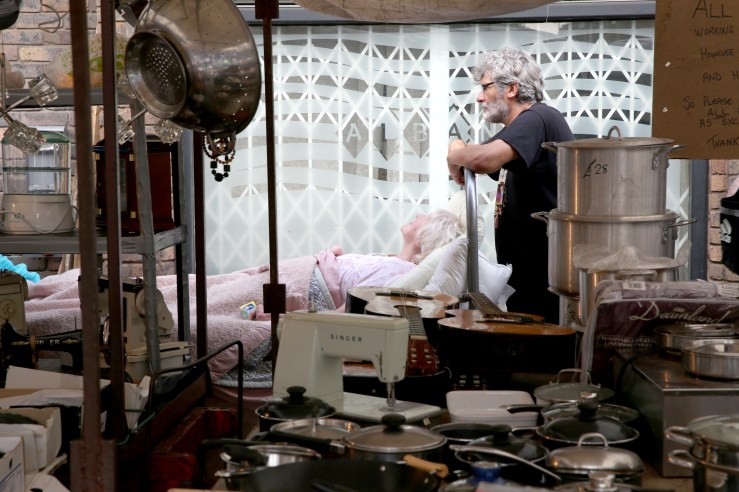
For the last few days, I have been trying (and failing) to write about the process of co-creation. In a recent blog François Matarasso sets out to explore the different ways in which artists work alongside, and with, participants. He talks about three degrees of relationship citing Entelechy’s recent work ‘Bed’ as an example where the producer-consumer relationship between artist and participant is erased:
‘Everyone involved is both. There is no meaningful sense in which these relationships are hierarchical but like a network in which each node is directly connected to all the others. Some are more central or more powerful than others. But at various times and for different reasons, any person in the group may have authority and a decisive influence over the creative process. Everyone can be a teacher and a learner, according to what is needed.’
I don’t think that there was ever a moment when Entelechy consciously set out to work co-creatively. It’s just the way that we have intuitively found ourselves working. And therefore, as with so many things driven by intuition, it’s difficult to describe the process, it’s just the way things happen. David Foster Wallace used to tell a story about two young fish swimming along who happen to meet an older fish swimming the other way. The older fish nods at them and says, “Morning, boys, how’s the water?” The young fish swim on for a bit, and then one of them looks at the other and asks, “What the hell is water?”
For Entelechy, the process of co-creation has three ingredients: relationship, time and personal need. The company’s work is built upon sustained relationships between people: participants, artists, funders and policy-makers, families, friends, neighbours, professional carers. Entelechy is a loose confederation of about three hundred people who come together at different times, in different combinations to create work. Poetically it’s like murmuration of starlings at dusk in a winter sky. At times, everyone moving together a huge spiralling flock that then breaks out into smaller acrobatic eddies before swirling back into the whole.
And most of the relationships are in for the long haul. The Ambient Jam creative laboratory with people who have profound and multiple learning disabilities was founded with many of the survivors of the long disgraced and mercifully defunct mental handicap asylums. It is still running after twenty-seven years with many of the same (and many new) members, the work remaining fresh, raw, exciting and innovative.
Working with people for huge slices of time inevitably involves growing older together and moving collectively through periods of change and uncertainty. There are different personal needs, new and urgent questions. How do you make sense and meaning of your life if your present day to day experience of the world no longer reflects the assumptions about yourself that you may have held over a lifetime? What happens if the loss of a life-time partner or the onset of a debilitating illness disrupts your story?
Art offers a space for collective reflection. It creates space for us to reimagine ourselves in the company of others.It becomes an incubator for shared thought, new form, new possibility. We start making it up together, we start to work co-curatively.

Beautiful work.